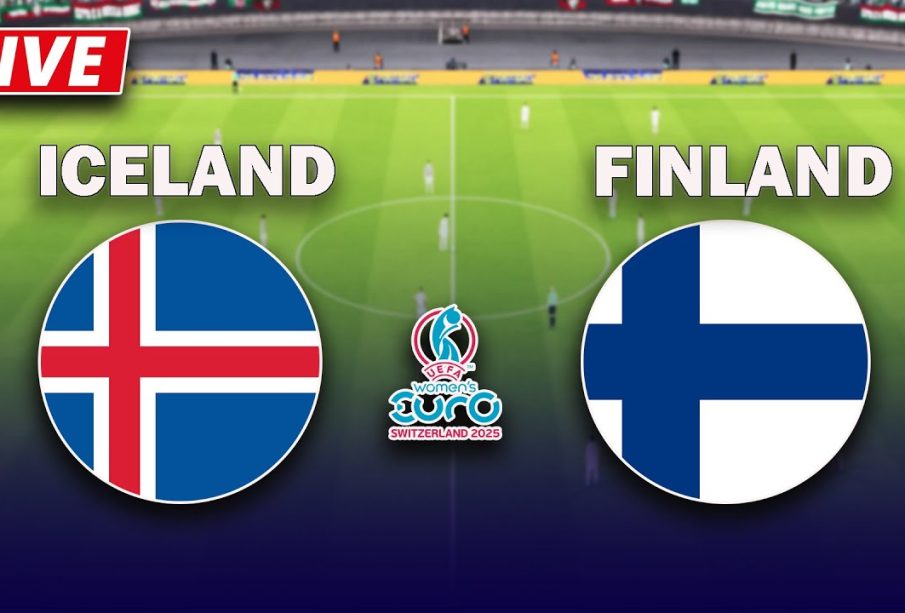Iceland vs Finland: Culture, Geography, and More

Introduction
The Nordic countries of Iceland and Finland are often contrasted due to their unique cultures, geography, and overall lifestyles. Both nations, celebrated for their stunning landscapes and progressive societies, offer distinct experiences that attract tourists and researchers alike. Understanding the differences and similarities between Iceland and Finland enlightens visitors about local customs and enhances appreciation for their historical contexts and contemporary issues.
Geography and Climate
Iceland, known as the ‘Land of Fire and Ice’, boasts a diverse landscape marked by glaciers, geysers, and volcanic terrains. Its population of approximately 370,000 is spread across a landmass of about 103,000 square kilometres. The island’s climate is classified as subarctic, with cool summers and mild winters mainly due to the influence of the North Atlantic Current.
Conversely, Finland, with a population of about 5.5 million, is significantly larger in land area, covering approximately 338,000 square kilometres. It is known for its numerous lakes and extensive forest cover. The climate varies from northern subarctic to temperate in the south, presenting residents with four distinct seasons, including long, dark winters.
Culture and Language
Both nations have rich cultural heritages. Icelandic culture is deeply rooted in Norse traditions, with the Icelandic language preserving Old Norse. The island has a strong literary tradition, notably the Sagas, and a vibrant music scene showcasing modern genres alongside traditional folk.
Finland, on the other hand, embraces a blend of influences from East and West. Finnish language is unique and is famously difficult to learn due to its distinct grammar and vocabulary. Finnish culture celebrates modern design and architecture, and it is also known for its sauna lifestyle and successful education system.
Economy and Innovation
The economies of Iceland and Finland present contrasts as well. Iceland’s economy heavily relies on tourism, fishing, and renewable energy, particularly geothermal. Its GDP has seen growth due to investments in the tourism sector, despite recent fluctuations due to global events.
Finland’s economy is more diversified, featuring technology, manufacturing, and services. Its success in the tech industry is marked by global corporations like Nokia and a thriving startup ecosystem, notably in Helsinki, which has become known as a ‘Silicon Valley of Europe’.
Conclusion
Both Iceland and Finland present unique landscapes, cultures, and economies that capture the interest of many. As they continue to adapt to global challenges, including climate change and economic shifts, they remain examples of resilience and innovation. For travellers and scholars, understanding these nations’ distinctions can enhance appreciation for what each country offers and fosters greater connections in the broader Nordic context.









